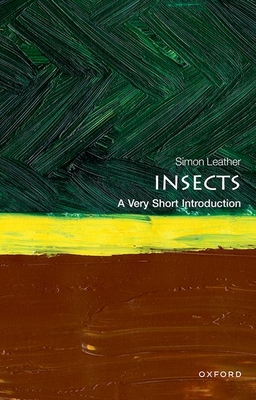
description
species have been described, with probably at least another 5-8 million species waiting in the wings for a name. Insects are a fascinatingly diverse and beautiful spectrum of animals. They range in size from the tiny parasitic wasp, measuring a mere 139 m, to the aptly named Titan beetle, which can reach lengths of up to 17cm. They can be found on all continents of the world, from the Sahara Desert to the frozen wastes of Antarctica; in caves, under the ground, inside plants, other insects and vertebrates, in rivers, streams, lakes and ponds, in puddles, in the watery interiors of pitcher plants; and in our houses. While no insects live beneath the waves, the intrepid sea skaters skim the surface of some of the world's oceans. This Very Short Introduction explores the extraordinary world of insects. It analyses insect evolution, taxonomy and development, and describes their behaviour, their life styles, and the interactions they have with other insects and other animals. As Simon Leather shows, insects are the bedrock on which human civilisation rests; without them we would almost certainly not exist. Although they can be seen as pests of our crops plants, they are also invaluable for pollinating our flowering plants and are an invaluable link in all land ecosystems. As they face challenges from climate change and pesticides it has never been more important to understand these oft-dismissed creatures. bVery Short Introductionsb: Brilliant, Sharp, Inspiring /b ABOUT THE SERIES: The Very Short Introductions series from Oxford University Press contains hundreds of titles in almost every subject area. These pocket-sized books are the perfect way to get ahead in a new subject quickly. Our expert authors combine facts, analysis, perspective, new ideas, and enthusiasm to make interesting and challenging topics highly readable.
member goods
No member items were found under this heading.
Return Policy
All sales are final
Shipping
No special shipping considerations available.
Shipping fees determined at checkout.







